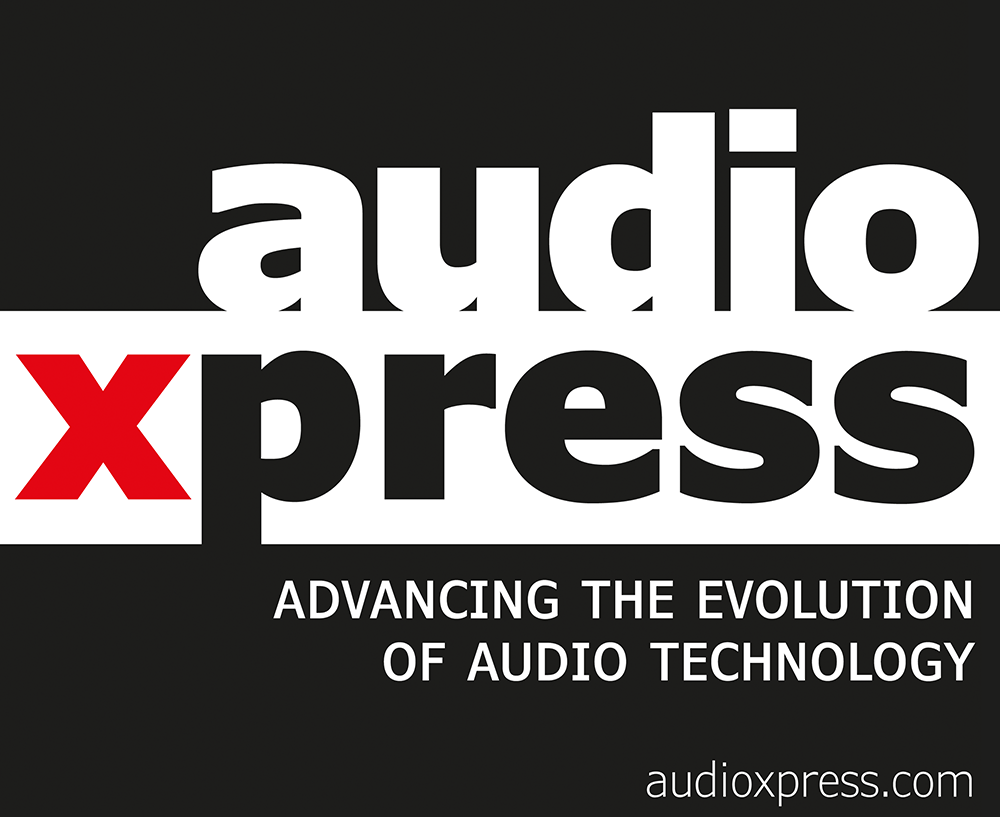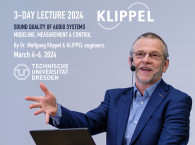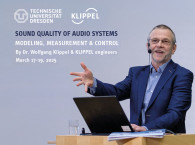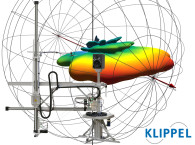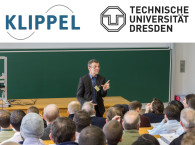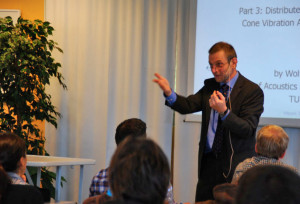
The seminar addresses the evaluation of sound reproduction systems using physical and perceptive measurement techniques. The generation of signal distortion is modeled by linear, nonlinear, and time-variant systems with lumped and distributed parameters.
New measurement techniques based on those models are presented using test signals and music. The course makes the relationship between symptoms and physical causes of the distortion more transparent and discusses the impact on the perceived sound quality by combining listening tests and auralization techniques with physical methods.
This knowledge is important to define target performance and design small, light, and cost-effective loudspeakers reproducing the sound at high efficiency and sufficient sound quality and for quality control in manufacturing.
Content for the seminar includes:
• Linear loudspeaker models—lumped and distributed parameters, and transfer functions
• Mechanical vibration—laser measurement, modal analysis, and radiation
• Radiated sound—holographic measurements in the near and far field
• Small signal performance—meaningful parameters and their interpretation
• Nonlinear loudspeaker models—causes of dominant nonlinearities
• Measurement time—ultra-fast and long-term testing
• Perception—audibility and impact on perceived sound quality
• System identification—measurement and interpretation of nonlinear parameters
• Symptoms and causes—diagnostics in the large signal domain
• Rub & Buzz—loudspeaker defects detected in R&D and QC
• Time-varying properties—influence of climate and aging
• Meaningful specifications (standards)
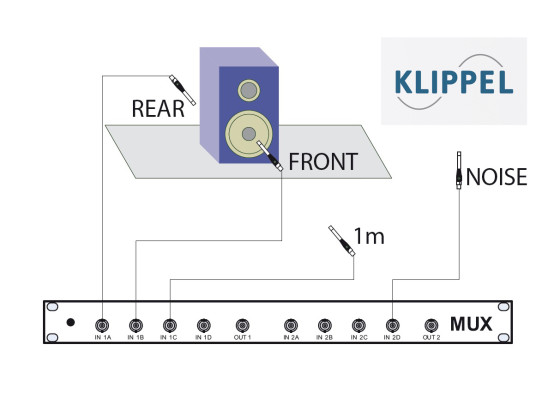
KLIPPEL provides measurement instruments for designing and manufacturing of loudspeaker drivers, audio systems, micro-speakers and more: Large signal analysis– to find causes limiting the acoustical output and generating distortion; Linear, nonlinear and thermal modeling – to design smaller, light-weight and cost effective speakers; Parameter measurements– to combine lumped parameter modeling with finite element analysis; Vibration and radiation analysis– to generate optimal directivity characteristics of the sound; High speed 100% testing- to detect defective units (e.g. rub & buzz and many other defects) in a noisy production environment.
Registration on the Klippel website is required to
attend.
Registration forms are available here.
www.klippel.de
